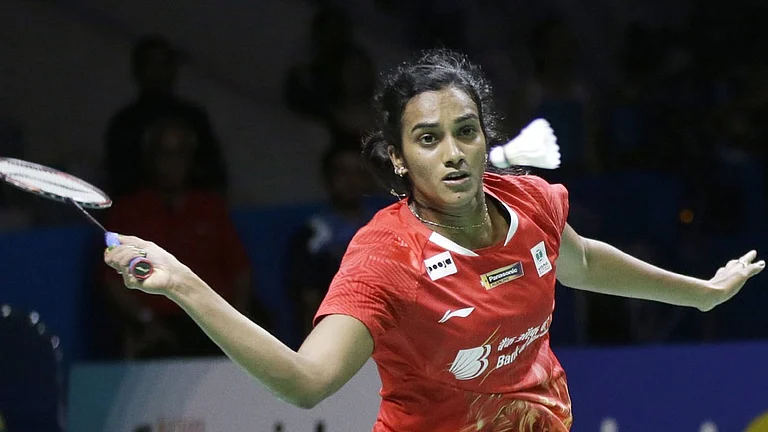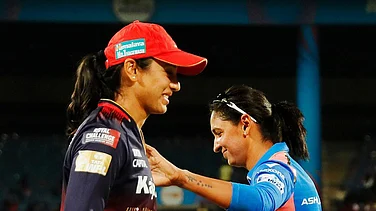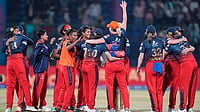The Mirpur pitch that hosted the second Test match between Bangladesh and New Zealand came in for a lot of criticism from all around, with Kiwi skipper Tim Southee calling it the "worst wicket" of his career. The pitch later received a demerit point after the International Cricket Council (ICC) rated it as 'unsatisfactory'. (Cricket News)
Earlier, the surface at the Narendra Modi Stadium in Ahmedabad, which hosted the ICC Cricket World Cup 2023 final between India and Australia on November 19, was rated 'average' by the ICC. So how exactly does the ratings system work?
Understanding ICC's Pitch Rating System
ICC's pitch and outfield monitoring process was launched in 2006 and updated in January 2018 with the aim to reflect the variety of conditions globally and make member boards more accountable for the pitches they produce, as also to introduce greater transparency in the rating of pitches.
One of six potential ratings apply to the pitch as well as the outfield for every game: very good, good, average, below average, poor and unfit, with the bottom three incurring demerit points (one, three and five respectively for the pitch, and zero, two and five for the outfield).
ALSO READ: Deepti Refrains From Blaming Pitch For Loss
Penalties
If a venue picks up five demerit points in a rolling five-year period, the ICC ground accreditation is suspended for 12 months. Upon picking up ten demerit points, the punishment is two years without international cricket. In situations where a pitch underperforms, match referees must consult umpires and captains before assigning a rating.
Criteria
A pitch is deemed to be 'below average' if there is "either very little carry and/or bounce and/or more than occasional seam movement, or occasional variable (but not excessive or dangerous) bounce and/or occasional variable carry".
A pitch is deemed 'poor' if it "does not allow an even contest between bat and ball", whether that favours batters or bowlers. ICC's guideline also invokes "excessive seam movement", "excessive unevenness of bounce", "excessive assistance to spin bowlers, especially early in the match" and "little or no seam movement or turn at any stage in the match together with no significant bounce or carry" as well as "excessive dryness" and "excessive moistness".


























